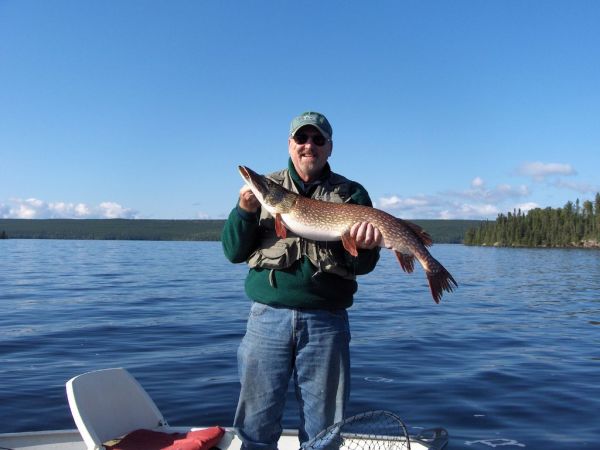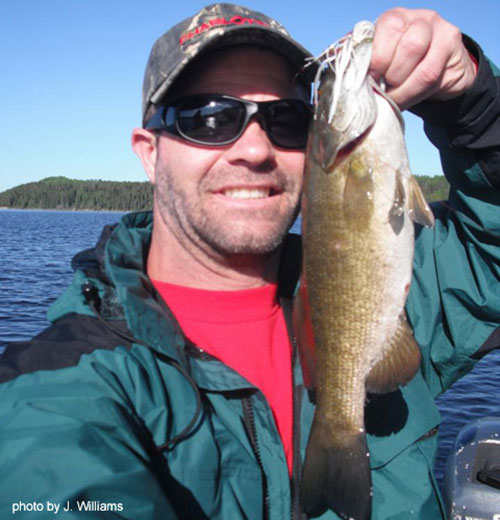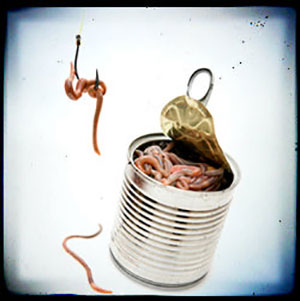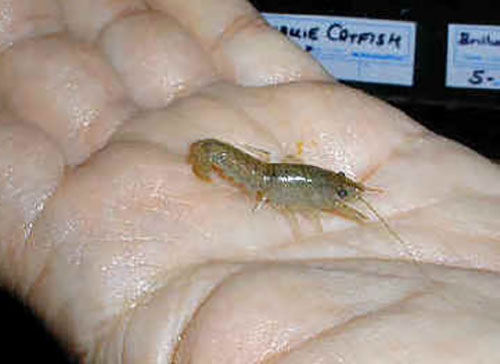Think Like a Northern Pike
Remember. Northern Pike like to follow. If you fish for them in shallow waters, you can see where to put your lure.
Most folks fish for trophy pike in shallow waters.

Wear Polarized Sunglasses
Polarized sunglasses do more than protect your eyes from the sun’s glare off the water. They allow you to see into the water you are fishing, making it easy to see your fish!
Bring it from behind the fish, slowly, to draw its attention, then watch the way the fish reacts to the lure. Then decide how to get the fish to strike. Pike will follow right up to the boat, so don’t take your lure out too soon.
Every angler dreams of catching a trophy Northern Pike. These big game fish are known for their great fight.
At a remote Ontario fly-in lodge, you can catch pike in Spring, Summer and Fall fishing. They are a consistent game fish to catch in any season.






